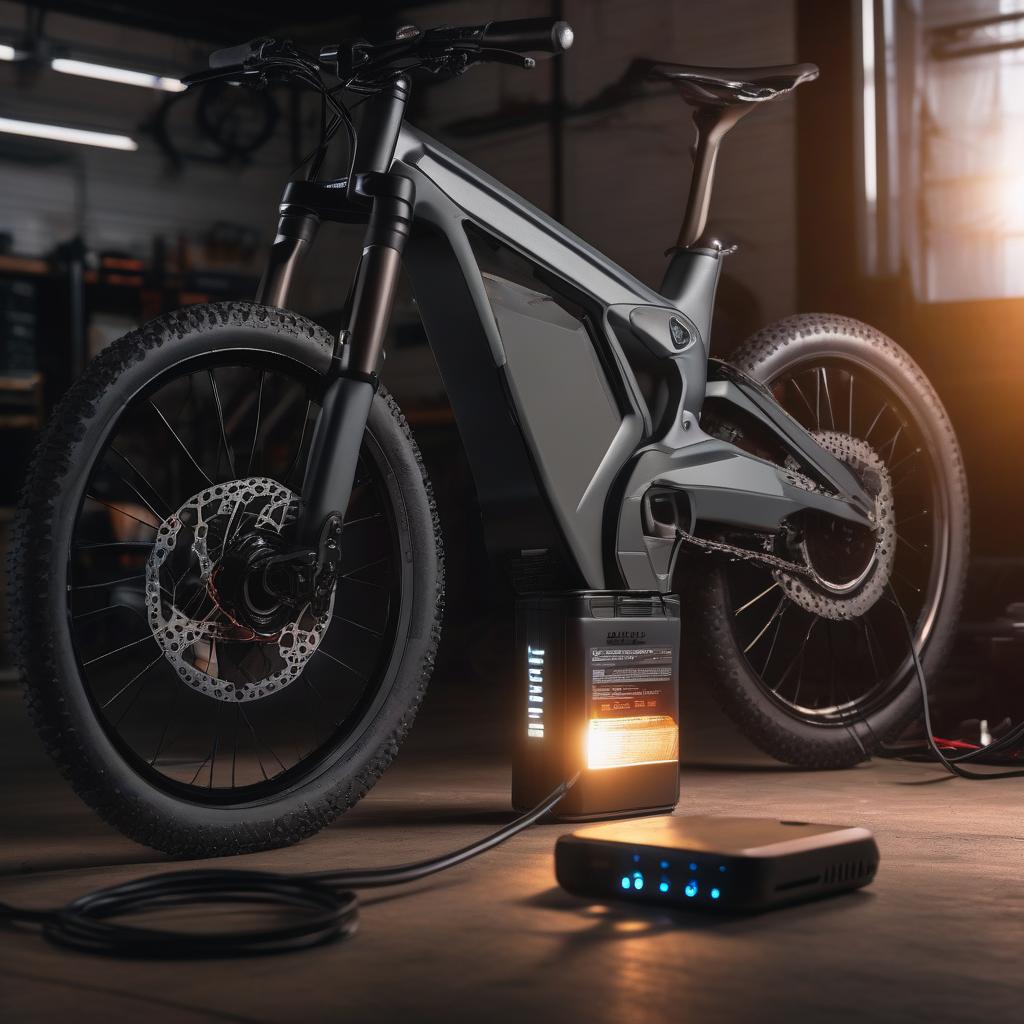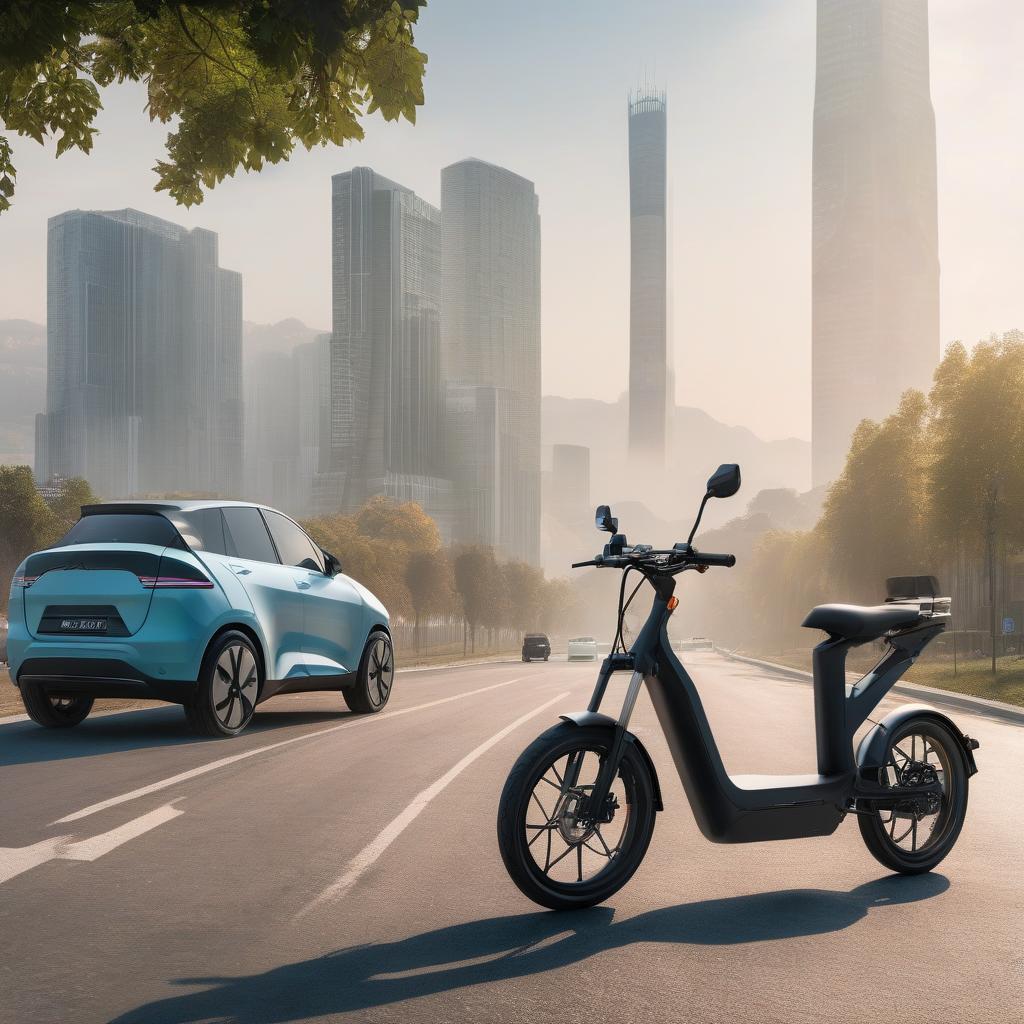Let’s expand on the topic of e-scooter legality and usage in Italy.
E-scooters have become a popular mode of transportation across many urban areas in Italy due to their convenience and environmental benefits. However, to ensure safety and harmony with other road users, Italy has implemented specific regulations regarding their use.
Regulations and Requirements
- Age and License Requirements:
- The minimum age for riding an e-scooter in Italy is 14. However, individuals under the age of 18 must wear a helmet while riding.
- Speed Limits and Zones:
- E-scooters are permitted to travel at a maximum speed of 25 km/h on roads. In pedestrian zones, the speed limit is reduced to 6 km/h to enhance pedestrian safety.
- Helmet and Safety Gear:
- While helmets are mandatory for minors, it’s strongly recommended for all riders to wear helmets and other protective gear to reduce the risk of injuries.
- Operational Areas:
- E-scooters are generally not allowed on sidewalks. Riders should use bicycle lanes or roads where bicycles are permitted unless specific local rules state otherwise.
- Reflective Equipment and Lighting:
- During nighttime or in conditions of poor visibility, e-scooters must be equipped with lights. Riders are also required to wear reflective vests to increase visibility to other road users.
Additional Considerations
- Parking Regulations: E-scooter users should ensure they park their scooters responsibly, avoiding blocking pedestrian pathways or entry points.
- Insurance and Liability: While not always mandatory, having third-party liability insurance can be beneficial. This insurance could cover potential damages or injuries caused while using the scooter.
- Environmental Impact: The rise in e-scooter usage is seen as a positive step towards reducing urban traffic congestion and lowering pollution levels. Cities like Rome, Milan, and Florence have embraced this trend, integrating it into sustainable urban mobility plans.
- Sharing Schemes: Many Italian cities offer e-scooter sharing schemes, providing a convenient option for short commutes. These schemes usually require users to download an app, register, and comply with guidelines specific to the sharing service.
Municipal Variations
Regulations can vary from one municipality to another. Some cities might have additional rules or restrictions, so it’s prudent for users to familiarize themselves with local laws. For example, some cities may introduce specific zones where e-scooter use is restricted or completely banned, especially in high-traffic pedestrian areas.
By following these laws and guidelines, e-scooter users can enjoy a safe and efficient mode of transport while helping to promote a cleaner and more sustainable urban environment in Italy. Always stay updated with local government announcements or amendments to regulations, as these can evolve over time to better address safety and environmental concerns.


